Engineers have built a camera that does not need lenses to focus light.
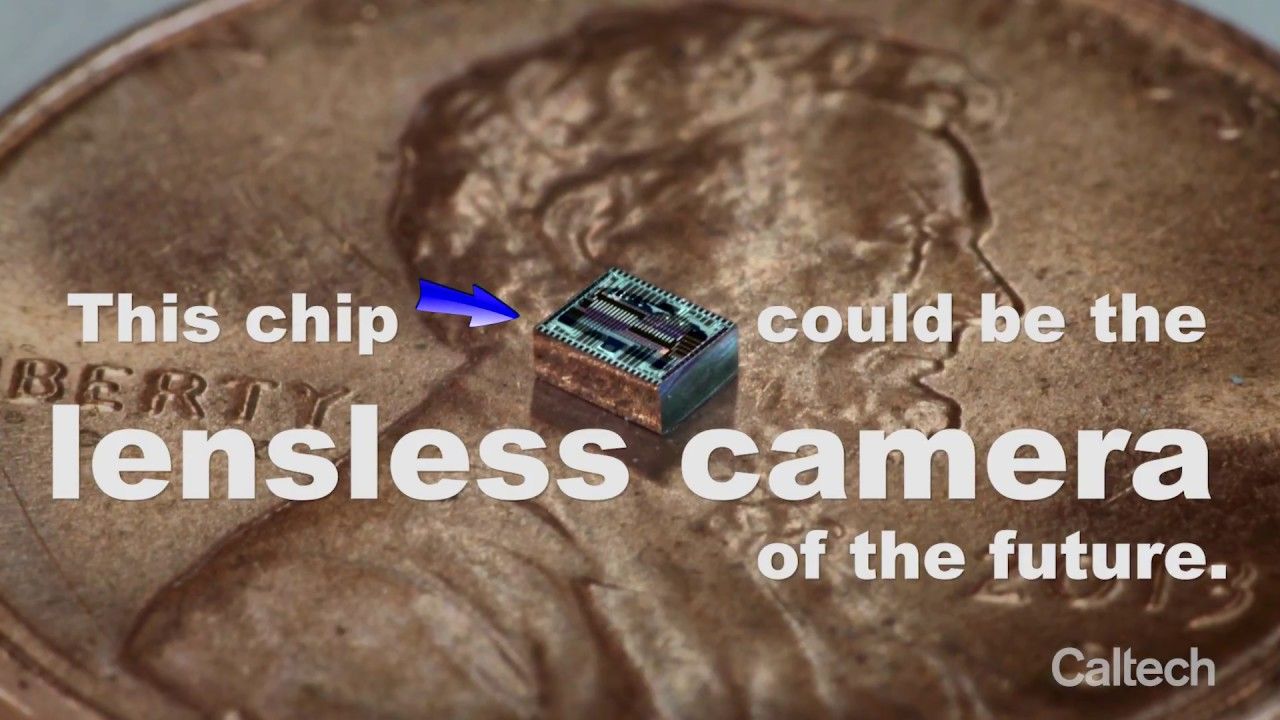

[youtube_sc url=“https://youtu.be/rsP86OkhnPI”]
Drones. Drone is a word you see pretty often in today’s pop culture. But drones seem to be an extremely diverse species. Even flightless vehicles are occasionally referred to as drones. So what exactly is a drone?
In this video series, the Galactic Public Archives takes bite-sized looks at a variety of terms, technologies, and ideas that are likely to be prominent in the future. Terms are regularly changing and being redefined with the passing of time. With constant breakthroughs and the development of new technology and other resources, we seek to define what these things are and how they will impact our future.
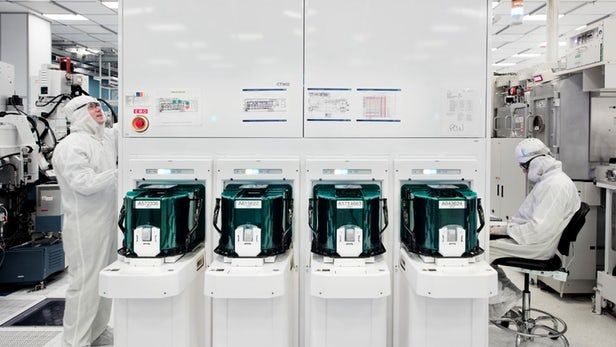
The smallest and most advanced chips currently commercially available are made up of transistors with gates about 10 nm long, but IBM has now unveiled plans to cut them in half. To create 5 nm chips, the company is ditching the standard FinFET architecture in favor of a new structure built with a stack of four nanosheets, allowing some 30 billion transistors to be packed onto a chip the size of a fingernail and promising significant gains in power and efficiency.
First coined in the 1970s, Moore’s Law was the observation that the number of transistors on a single chip would double every two years. The trend has held up pretty well ever since, but the time frame of the doubling has slowed down a little in recent years. In consumer electronics, 14 nm chips are still stock-standard, but advances from the likes of Intel and Samsung mean that 10 nm versions have started hitting the high-end market.
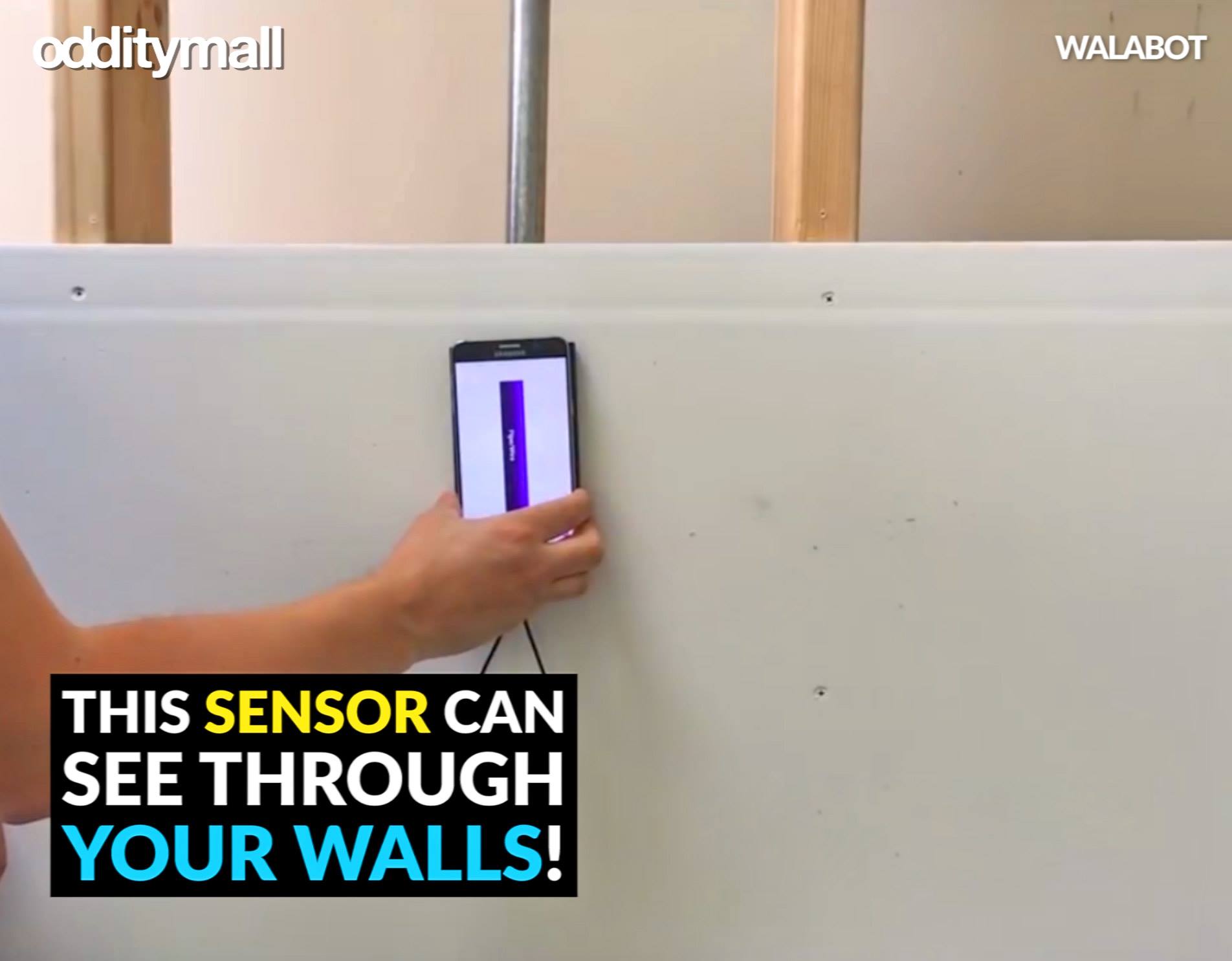

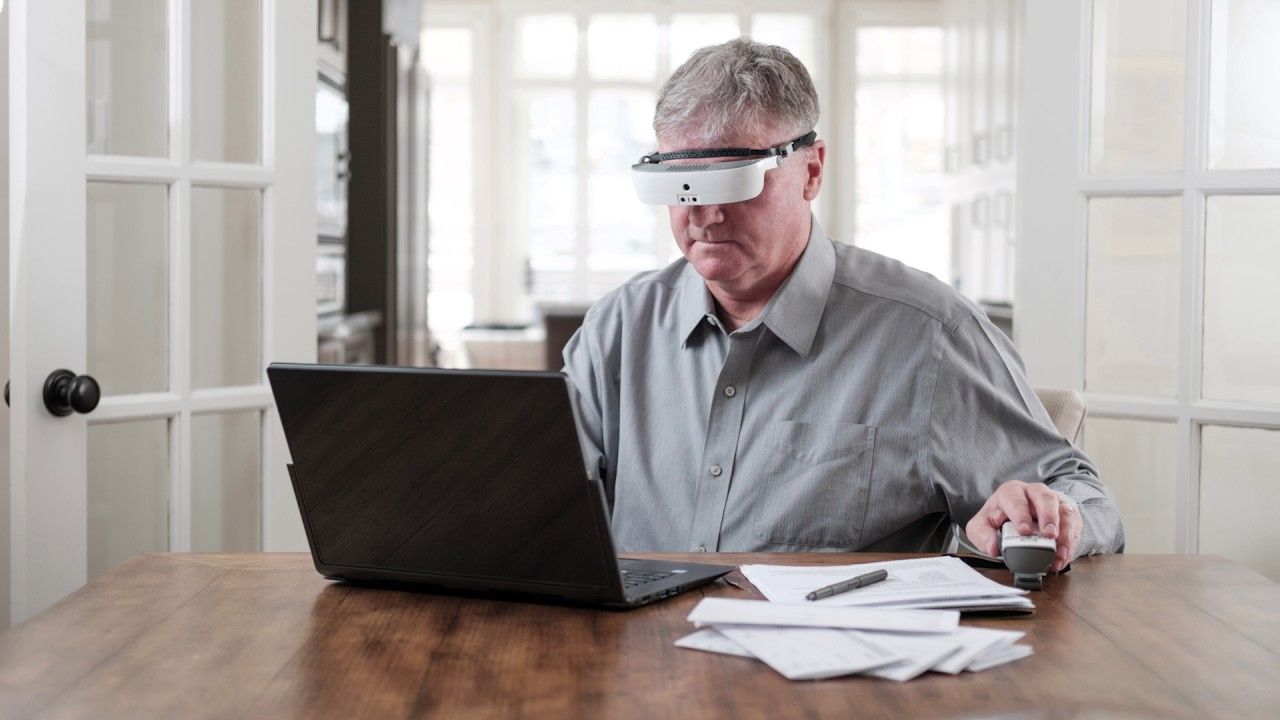
Toronto-based eSight Corp. has launched a pair of electronic glasses that allow the legally blind to see. The eSight3 glasses use high-tech image processing to give those who are legally blind the chance to experience what it is like to have 20/20 vision.
Users can control a variety of functions that are important for vision, including magnification, contrast, brightness and focus. Videos projected onto two OLED screens in front of the eyes allow the user to see the different functions in action.
ESight glasses are ideal for a number of conditions, including for people who have optic nerve hypoplasia, ocular albanism, forms of glaucoma and more, according to the company.
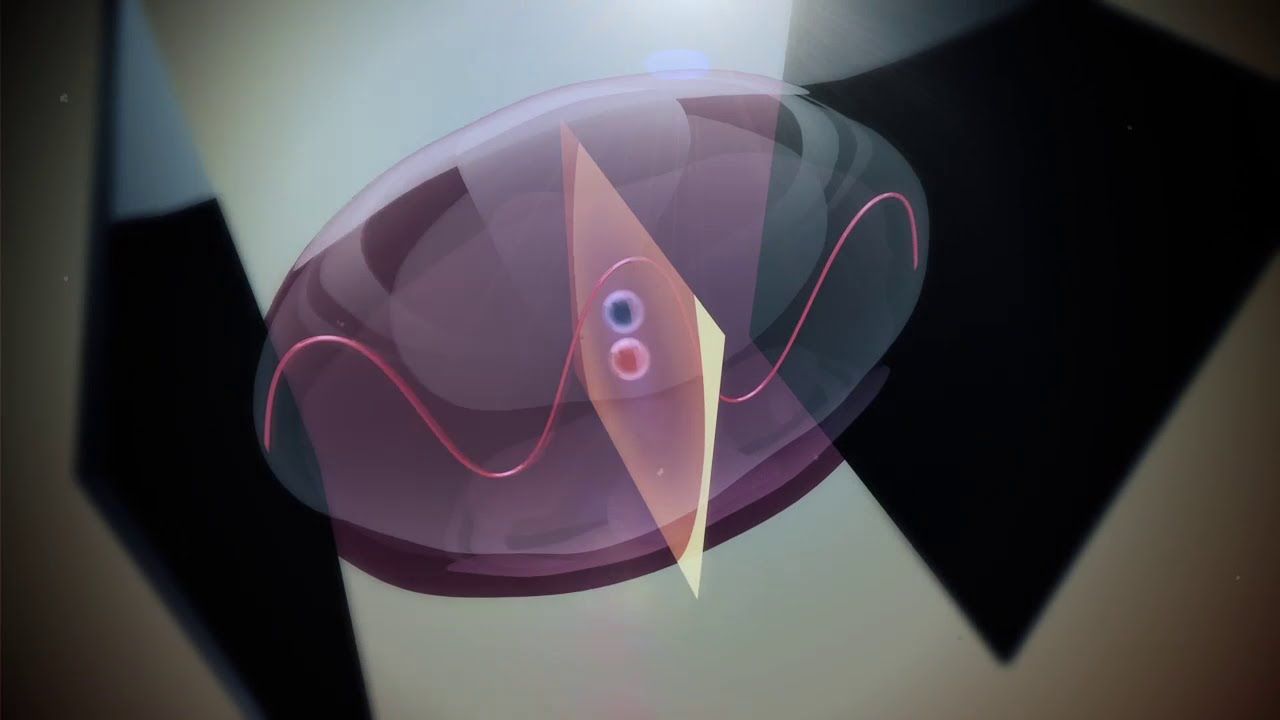
In Brief Researchers have found a way to bridge the gap between light and electricity—the two main components of current data transmission. Using the liquid light produced by polaritons, they were able to unite the two, a development that would lead to faster data transmission.
As we reach the smallest units known to physics, it’s becoming more apparent than ever: Moore’s Law can’t hold strong forever. But although it seems we are exhausting the extent to which we can miniaturize processors (as far as we know now), it seems Moore’s Law won’t be scrapped for good…at least not entirely.
Researchers the world over are coming up with different approaches to pack more power and speed into the smallest particles. And a new study from the University of Cambridge, in collaboration with researchers from Mexico and Greece, is adding to the arsenal. Researchers found a way to unite electricity and light using a miniature electro-optical switch that creates and manipulates liquid light—as in similar glowing fluids like those in glow sticks.
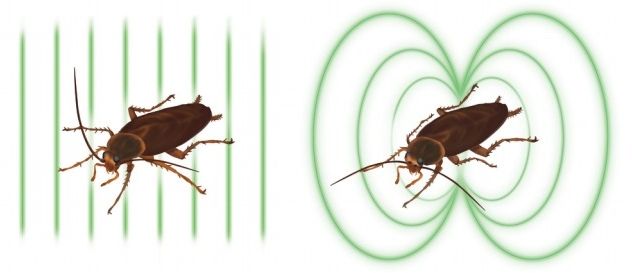
A new technique using liquid metals to create integrated circuits that are just atoms thick could lead to the next big advance for electronics.
The process opens the way for the production of large wafers around 1.5 nanometres in depth (a sheet of paper, by comparison, is 100,000nm thick).
Other techniques have proven unreliable in terms of quality, difficult to scale up and function only at very high temperatures — 550 degrees or more.
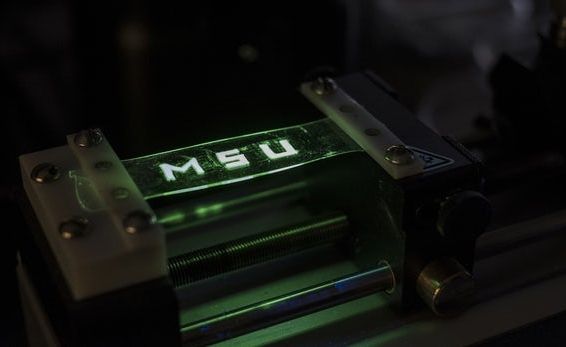
When and if that hurdle is overcome, the researchers say that the easily-fabricated stretchy technology could begin to find commercial applications, in devices like rubbery wrist-worn health trackers, deformable tablets and electronic wallpaper that can make huge screens out of entire walls.
“We have created a new technology that is not yet available,” says Wang. “And we have taken it one big step beyond the flexible screens that are about to become commercially available.”
The research was published in the journal ACS Nano.